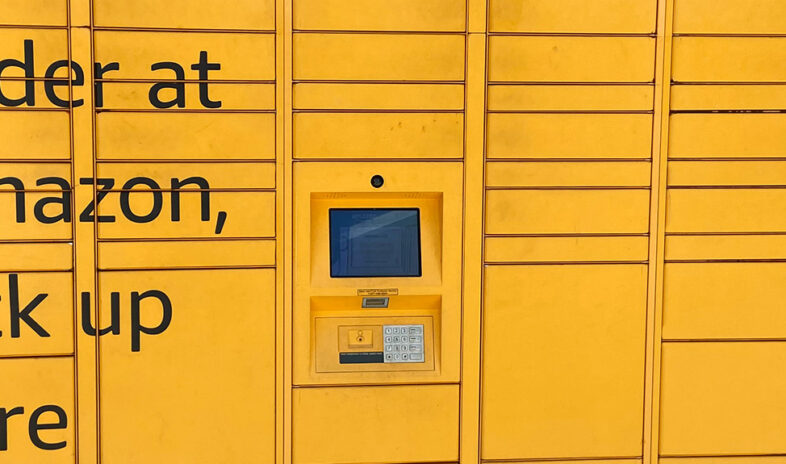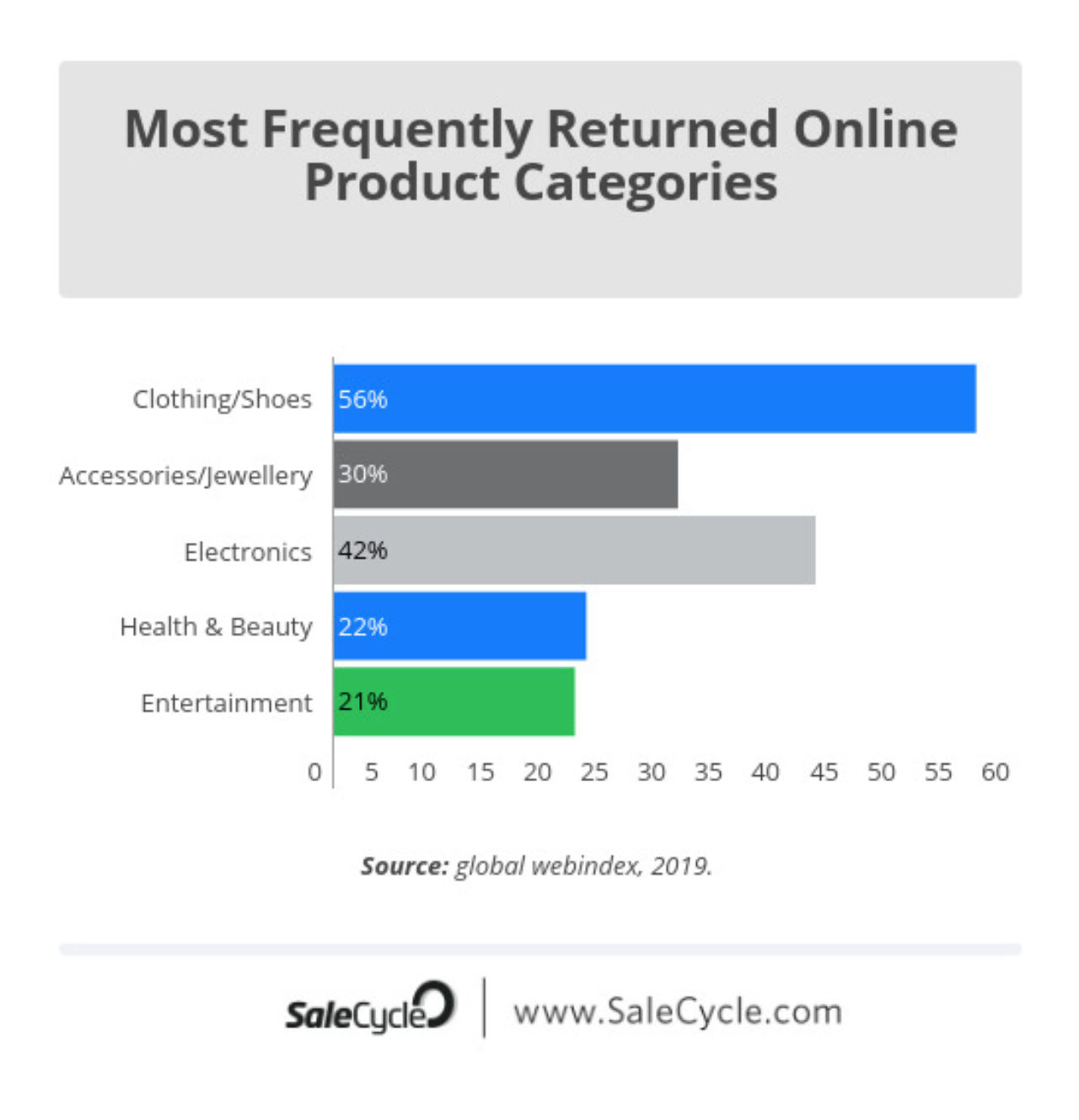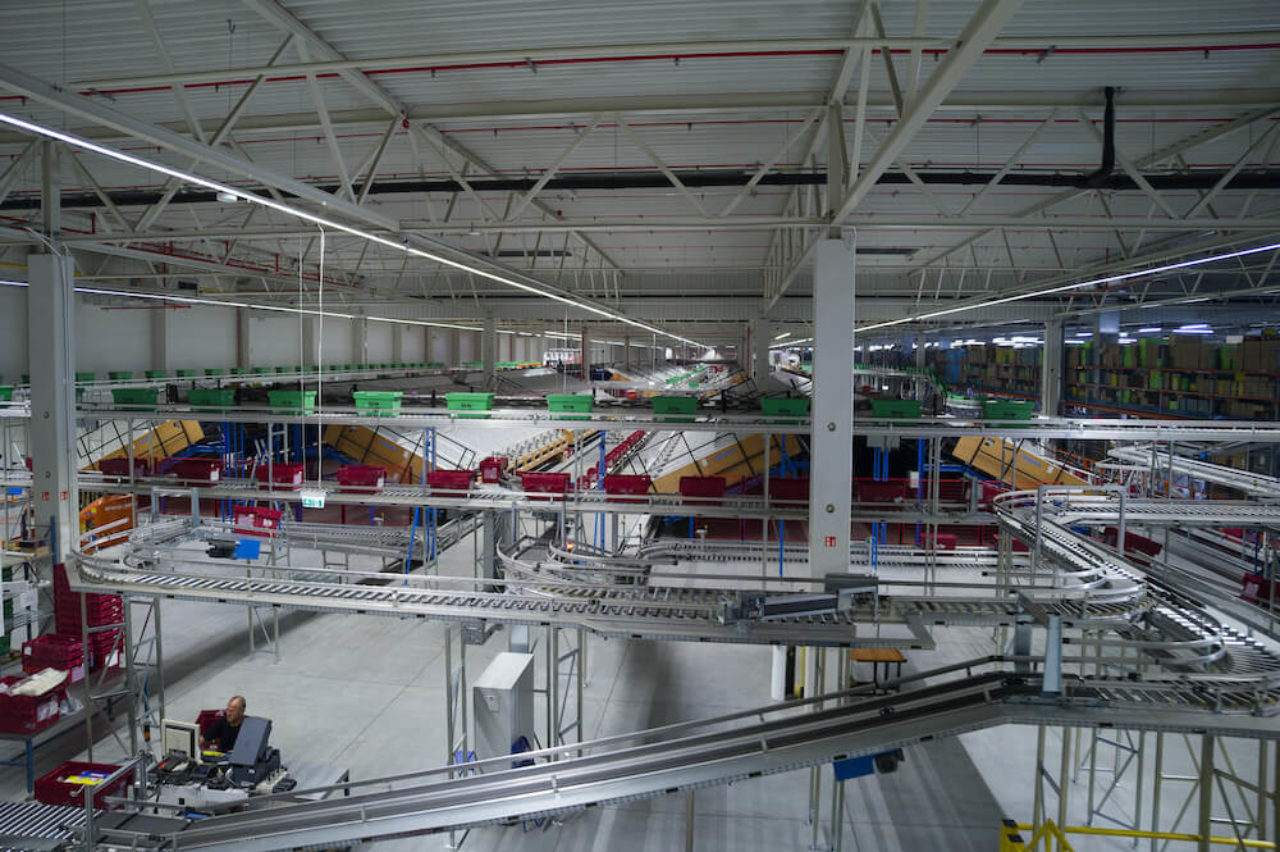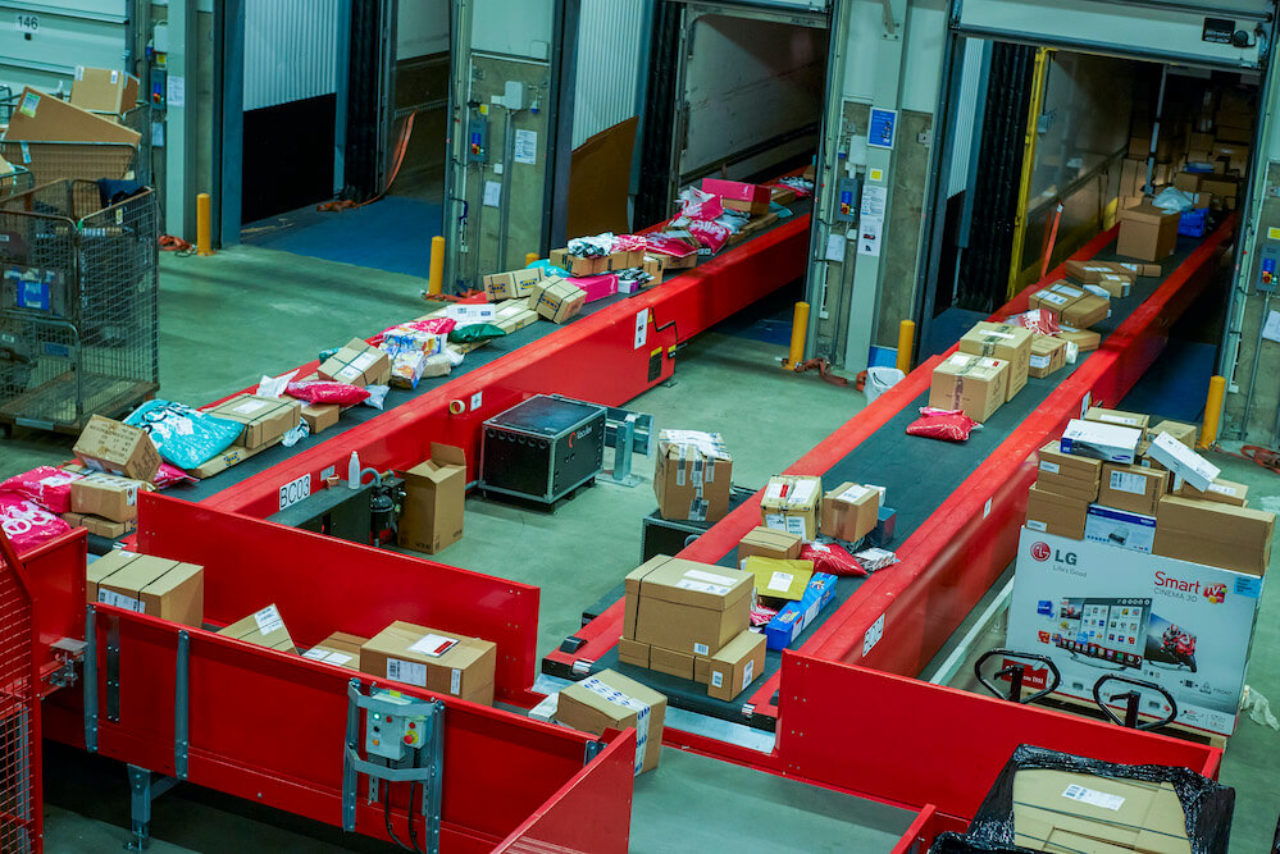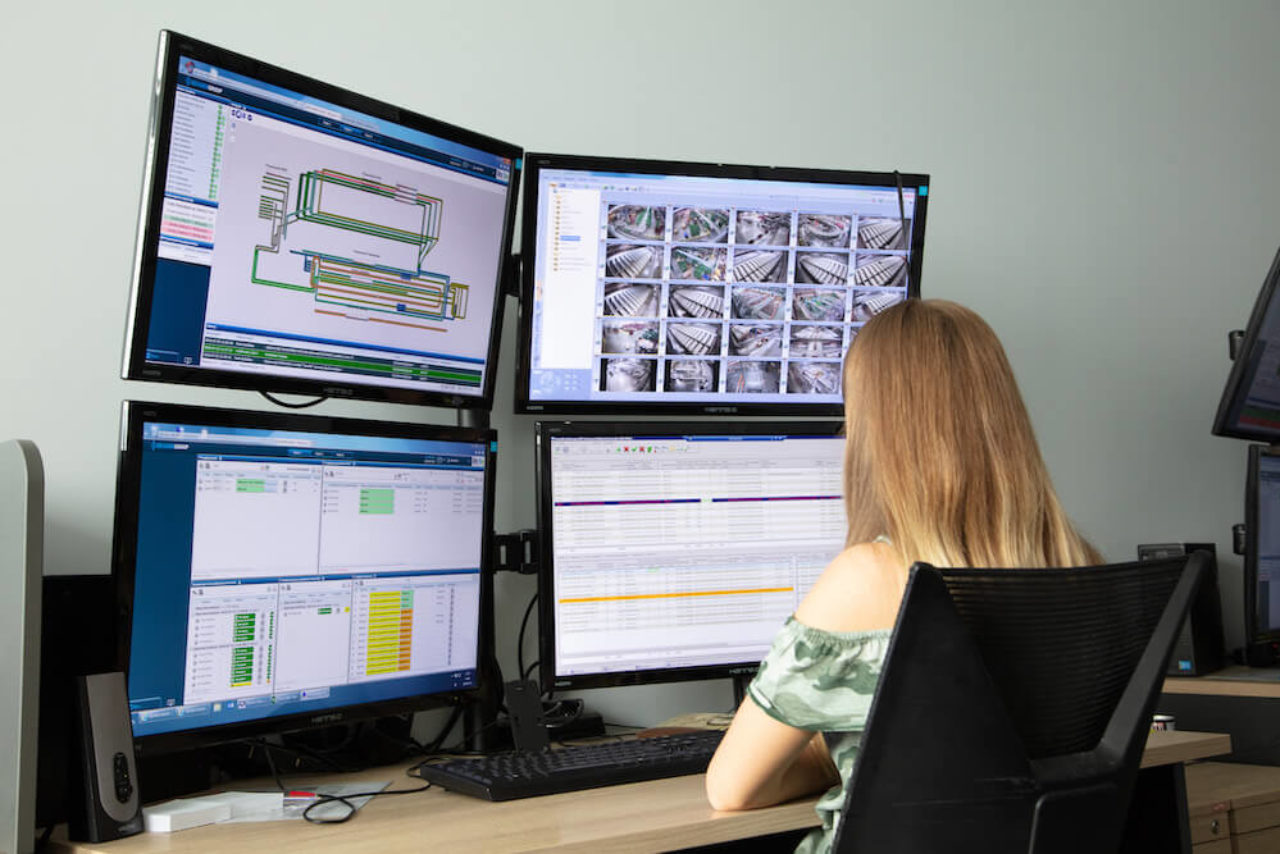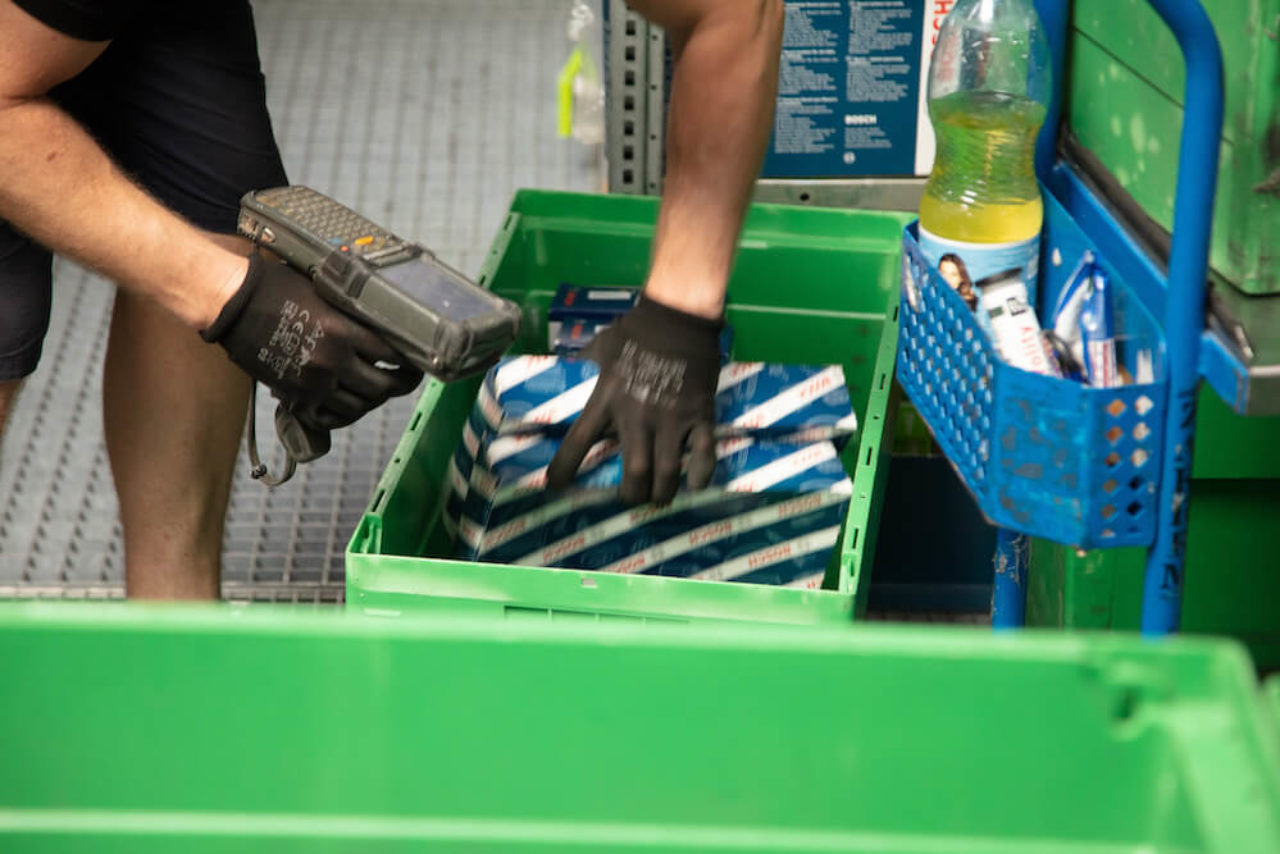Instead of returns being a loss, this higher level sortation can create a value chain within the supply chain, an untapped revenue stream. In other words, returns start paying for themselves. At the same time, the facility also gets to meet its sustainability requirements and enhance its environmental scorecard.
Having a system integrator evaluate the material handling system that best fits the warehouse’s needs can assist in realising these opportunities. A system integrator has an overview of the most effective products and systems to solve the growing need to optimise reverse logistics processes, depending on item profiles, sizes, volume peaks and capacity, the need for manual inspection of the returned items and the extent.
Conclusion
There is no doubt that reverse logistics has evolved into a highly complex endeavour and that new strategies, tools and best practices are required. Giving the proper attention to building an effective reverse logistics programme will go a long way in helping fashion fulfilment centres, distribution centres and 3PL warehouses understand and refine their returns processing. Finding the right sortation system to automate and relieve labour efforts will also help refine the process and significantly reduce costs. With the skills of a system integrator, fashion distribution facilities can even design their sortation processes to recapture value and uncover the hidden potential of returned assets.


